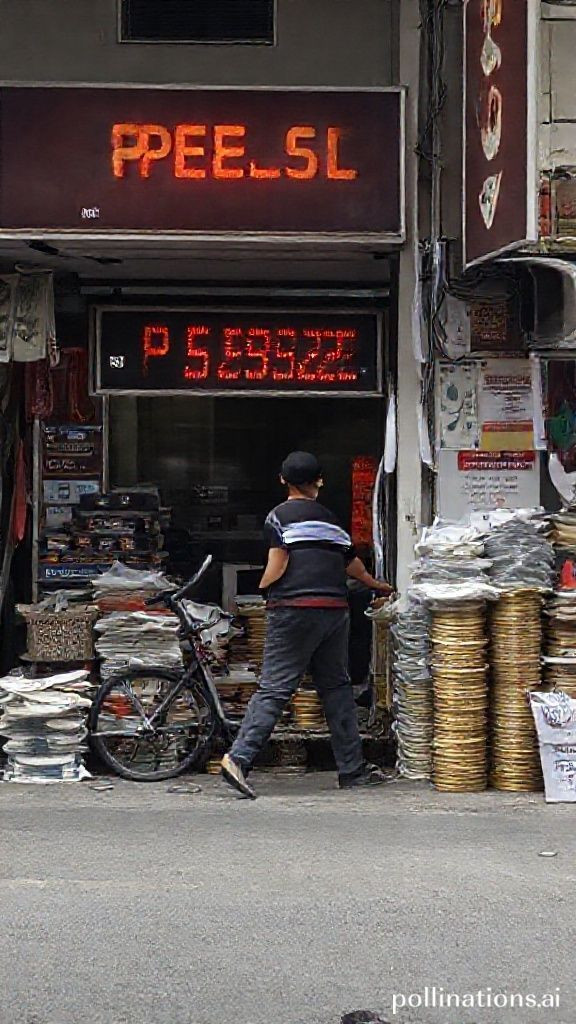
Elevating Local Goods Geographical Indication Certification for Philippine Products
Elevating Local Goods Geographical Indication Certification for Philippine Products
Elevating Local Goods Geographical Indication Certification for Philippine Products
The Intellectual Property Office of the Philippines (IPOPHL) has launched an initiative to certify products with geographical indication (GI) marks, aiming to promote local branding and empower farmers. This 21-month program seeks to identify high-potential GIs, register at least two products as GIs, and provide training on registration processes.
What is Geographical Indication?
A geographical indication (GI) mark is a certification that identifies a particular good as originating from a specific territory, region, or locality. The unique quality, reputation, or characteristics of the product are essentially attributed to its geographical origin and/or human factors. This certification ensures a direct link between the product's features and qualities and its place of origin.
Potential Candidates for GI Certification
The program has identified several promising candidates for GI marks, including
Bonuan bangus from Pangasinan
Pili nuts from Bicol
T'nalak cloth from the Tboli people
Davao pomelo
Cordillera heirloom rice
Camiguin lanzones
Davao cacao
Kalinga coffee
Antique's Bagtason loom
Aurora's Sabutan weave
Samar's Basey banig
Basilan and Zamboanga's Yakan cloth
Masbate beef
Baguio strawberries
Benefits of GI Certification
The GI certification program will have a positive impact on Filipino farmers, the country's agriculture sector, and local communities. Specifically
It will strengthen local branding and increase product value.
It will empower local farmers and increase productivity.
It will open new market opportunities for Philippine products.
It will support the development of relevant legislation for GIs.
Partnership and Collaboration
The IPOPHL has partnered with the French Development Agency (Agence Française de Développement) and the Department of Agriculture to implement this program. The partnership aims to provide guidance on registration processes, conduct training workshops, and strengthen institutions like IPOPHL, DA, and local government units in the protection, administration, and verification of GIs.
Conclusion
The GI certification program has the potential to revolutionize the way we perceive and promote Philippine products. By empowering local farmers and increasing productivity, this initiative can contribute significantly to the country's agriculture sector. As we move forward, it is essential to continue promoting local branding and supporting our farmers in their pursuit of excellence.
Keywords Geographical Indication, GI certification, Intellectual Property Office of the Philippines (IPOPHL), local branding, Philippine products, agriculture sector, farmers, productivity, market opportunities.



